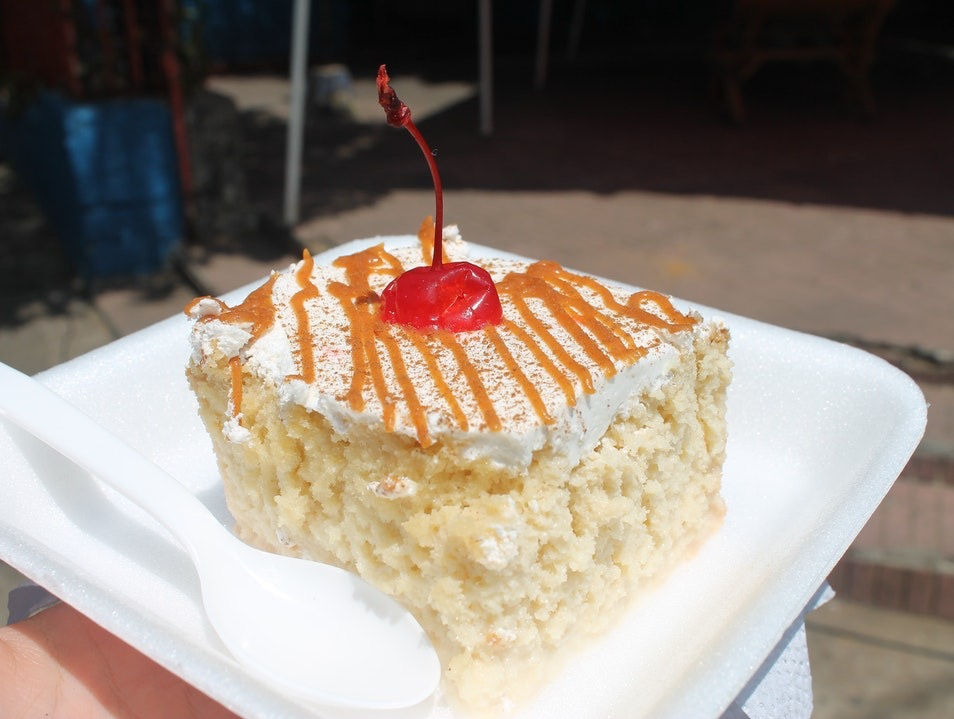At home culture series: Cook up an international dish (Asia)
- Amelia
- Nov 13, 2020
- 3 min read
In this next installment of ”cooking up an international dish” we will be traveling to Asia. Full of flavor, spice, and authentic cuisine, the continent of Asia has some of my favorite food.

Syrniki (Russia)
These sweet cheese pancakes have a unique flavor. Topped with berries, jam, and sugar, this dish combines soft cheeses with sweet fruits. It usually involve cheeses such as tvork, ricotta cheese, or ddied cottage cheese. The name derived from “syr“ which means ”hard cheese” in the Russian language. Follow the recipe at https://www.babaganosh.org/syrniki-russian-cheese-pancakes/

Chicken Korma (India)
Korma is described as a dish where meat or vegetables have yogurt added to the dish. It dates back to the Mughal Empire on the Indian penisula. White korma is said to have been served to Shah Jahan at the Taj Mahal. The dish is associated with prestigious people. Back in the day, this dish would have been cooked in a big pot over a small fire. Check out the recipe at https://thewanderlustkitchen.com/indian-chicken-korma/

Kimchi pancake (Korea)
Made out of flour, Kimchi, and other ingredients this is not your typical pancake. Kimchi is a term for fermented vegetables. It is usually an appetizer although you can dress it up to make it a main course. Try making this unique dish at https://mykoreankitchen.com/kimchi-pancakes-kimchi-buchimgae/

Sambal (Indonesia)
This chili based sauce, uses shrimp paste, chilies, lime juice, and spices to create a
staple sauce. This is served with many Indonesian dishes and a dish is not complete without this on the side of it. The word Sambal has Javanese origins coming from Sambel. Learn more on how to make this dish at http://allrecipes.com.au/recipe/14921/indonesian-sambal.aspx

Fesenjan (Iran)
Also known as Pomegranate Walnut Stew, this dish utilizes an interesting flavor combination of sweet and salty. The ancient Persian Empire captial contains evidence of this dish. Archeologists found lists with the ingredients of walnuts and pomegranates from 515 B.C. suggesting that this dish dates back to then. Make this dish following the recipe at https://www.feastingathome.com/fesenjan-recipe/

Shelpek (Kazakhstan)
This flatbread like dish originates from Kazakhstan. It is traditionally served on Fridays (The Holy day for Muslims). They make the dish in honor of all the family and friends that have passed away. Make this dish at https://staplebread.wordpress.com/2015/12/15/kazakhstan-shelpek/

Shawarma (Middle East)
Many countries in the Middle East such as Saudi Arabia, Lebannon, and others. This dish originates from the Ottoman Empire. It involves thin slices of meat, usually lamb or beef. The meat is marinated, layered on a skewer, and then cooked. Create this dish at https://www.themediterraneandish.com/chicken-shawarma-recipe/

Jallab (Syria, Jordan...)
Known as a refreshing fruit drink, this nonalcoholic drink involves, date syrup, raisins, pine nuts, rose water, and other ingredients. It is typically served in a hot summer day as a way to cool off. Read the recipe at https://www.thebigsweettooth.com/jallab/

Mochi (Japan)
This frozen treat is ice cream wrapped in glutinous rice. It is typically ate at Japanese New Year, but also ate all year round. These are one of my favorite frozen treats because the ice cream is creamy and sweet. Plus you can eat it without any utensils or bowls. Learn to make it at

Pad Thai (Thailand)
Thai food happens to be one of my favorite ethnic foods and Pad Thai is a regular in my household. It was created in the 1930's by the Prime minister at the time. It uses rice noddles that were introduced into the Thai cuisine, from China. Make this flavorful dish by following the recipe at https://tastesbetterfromscratch.com/pad-thai/







Comments